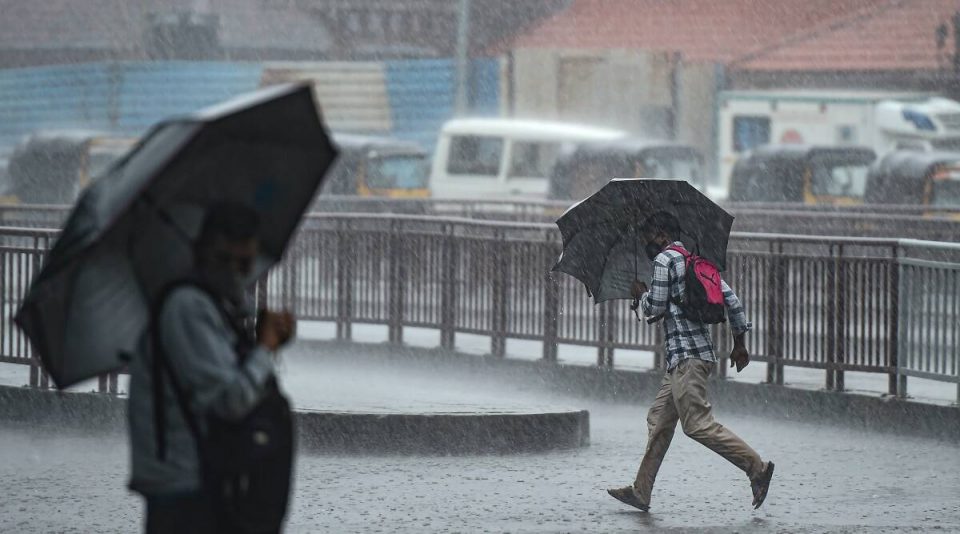
One-fifth of India's population likely to be exposed to below-normal rainfall: SASCOF

Around 19 per cent of Indias population is likely to be exposed to below-normal precipitation and around 13 per cent may witness above-normal rainfall during the monsoon season this year, according to the South Asian Climate Outlook Forum.
The South Asian Climate Outlook Forum (SASCOF) brings together meteorological and climate experts from South Asian countries to analyse historical data, monitor current climate conditions, and develop consensus-based forecasts for the region. Around 18.6 per cent of the population of India is likely to be exposed to below-normal rainfall during the monsoon season, it said.
There is a 52 per cent probability of below-normal precipitation in the north and a 40 per cent probability of below-normal rainfall in the central parts of the country.
A total of 12.7 per cent of the people in India may witness above-normal rainfall, SASCOF said.
There is a 50 per cent chance of above-normal rainfall in southern and eastern parts of India, it said. The India Meteorological Department (IMD) had last month said India is expected to get normal rainfall during the southwest monsoon season despite the evolving El Nino conditions. Private forecasting agency, Skymet Weather, had predicted “below-normal” monsoon rains in the country. India has already seen four consecutive years of normal and above-normal rains during the monsoon season. Normal rain is critical for Indias agricultural landscape, with 52 per cent of the net cultivated area relying on it. It is also crucial for the replenishing of reservoirs critical for drinking water apart from power generation across the country. Rainfed agriculture accounts for about 40 per cent of the countrys total food production, making it a crucial contributor to Indias food security and economic stability. El Nino, which is the warming of the waters in the Pacific Ocean near South America, is generally associated with the weakening of monsoon winds and dry weather in India.
The El Nino conditions this year follow three consecutive La Nina years. La Nina, which is the opposite of El Nino, typically brings good rainfall during the monsoon season.
(Except for the headline, this story has not been edited by The Federal staff and is auto-published from a syndicated feed.)


